In today’s rapidly evolving landscape, knowledge is power, and competitive intelligence (CI) stands as the cornerstone of informed decision-making for tech and SaaS companies. CI is not a mere collection of data but a strategic discipline that provides businesses with a nuanced understanding of their competitive environment.
Defining Competitive Intelligence (CI)
At its core, CI is the process of gathering, analyzing, and interpreting data related to a company’s external environment, competitors, and market trends. It involves systematically acquiring information on competitors’ strategies, market dynamics, customer preferences, and emerging technologies. CI is not limited to data collection; it’s about transforming raw data into actionable insights that can drive a company’s strategic decisions.
CI encompasses various aspects:
Competitor Analysis: Understanding the strengths, weaknesses, opportunities, and threats posed by competitors.
Market Intelligence: Keeping abreast of market trends, customer behaviors, and industry developments.
Technology Scanning: Identifying emerging technologies that could disrupt or enhance your products or services.
Strategic Planning: Aligning CI findings with your company’s goals and strategies to gain a competitive edge.
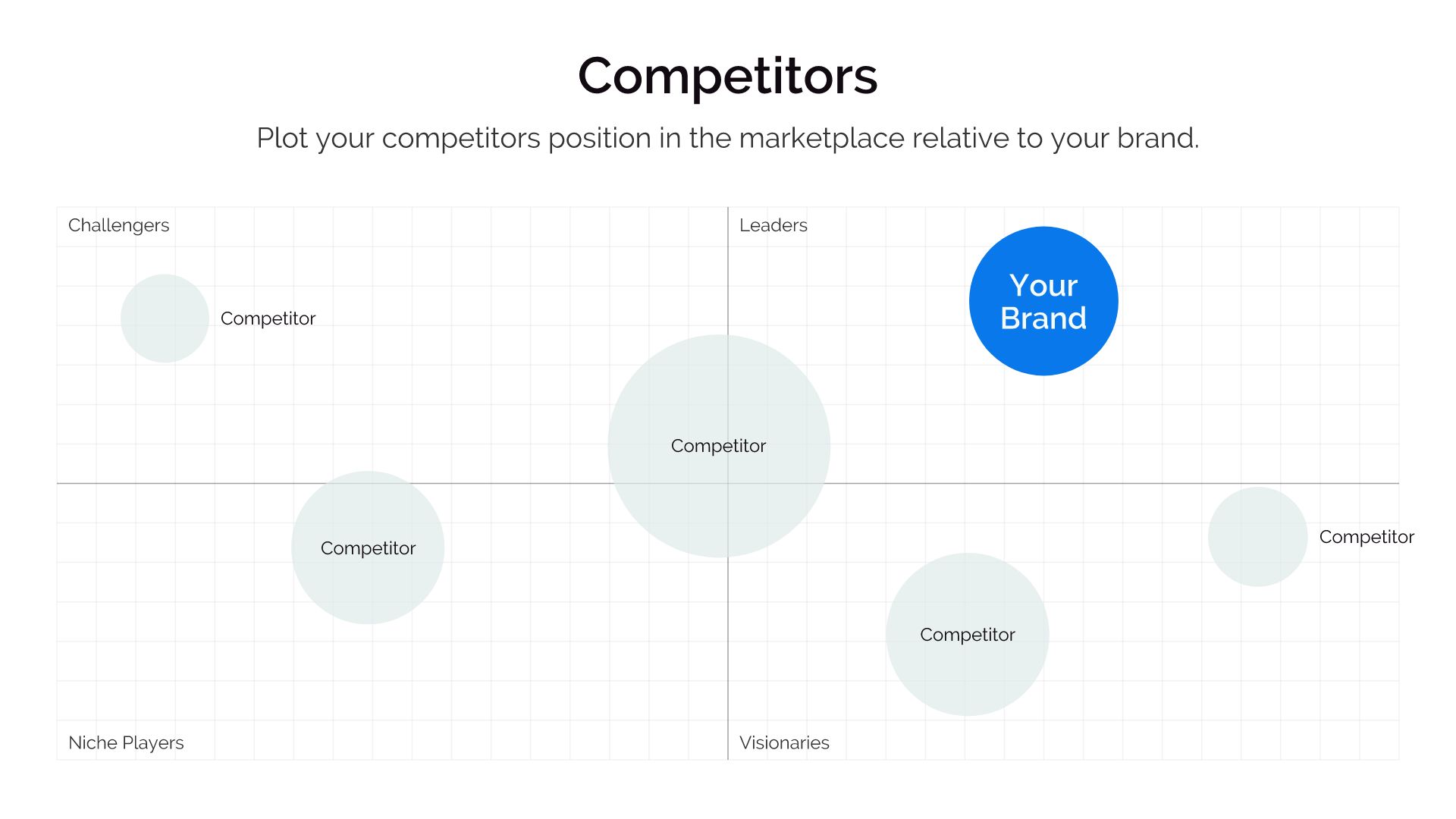
Importance of CI in Tech and SaaS Industries
In the fast-paced tech and SaaS sectors, where innovation is constant, and competition is fierce, CI takes on a paramount role for several reasons:
Staying Ahead of the Curve: Technology evolves rapidly, and what’s cutting-edge today may become obsolete tomorrow. CI helps companies stay ahead by tracking emerging technologies, allowing them to adapt and innovate proactively.
Competitive Positioning: Understanding your competitors’ strategies, market share, and customer satisfaction levels is essential for positioning your own products or services effectively. CI helps you identify gaps and opportunities.
Customer-Centric Insights: Tech and SaaS companies thrive on meeting customer needs. CI provides valuable insights into customer preferences, pain points, and expectations, enabling the development of customer-centric solutions.
Risk Mitigation: CI isn’t just about opportunities; it’s also about managing risks. By anticipating market shifts, regulatory changes, or competitor moves, companies can mitigate potential threats.
Data-Driven Decision Making: In an era where data is abundant, CI transforms data into actionable intelligence. It guides strategic decisions, such as product development, pricing strategies, and market expansion, based on empirical evidence rather than gut feelings.
Adaptation to Changing Markets: CI helps companies pivot when market conditions change. Whether it’s entering new markets, discontinuing unprofitable products, or optimizing pricing, CI ensures that decisions are based on up-to-date information.
Transform into a marketing powerhouse with Frictionless!
Unleash your inner CMO and revolutionize your marketing game. Elevate your marketing prowess with Frictionless by your side.
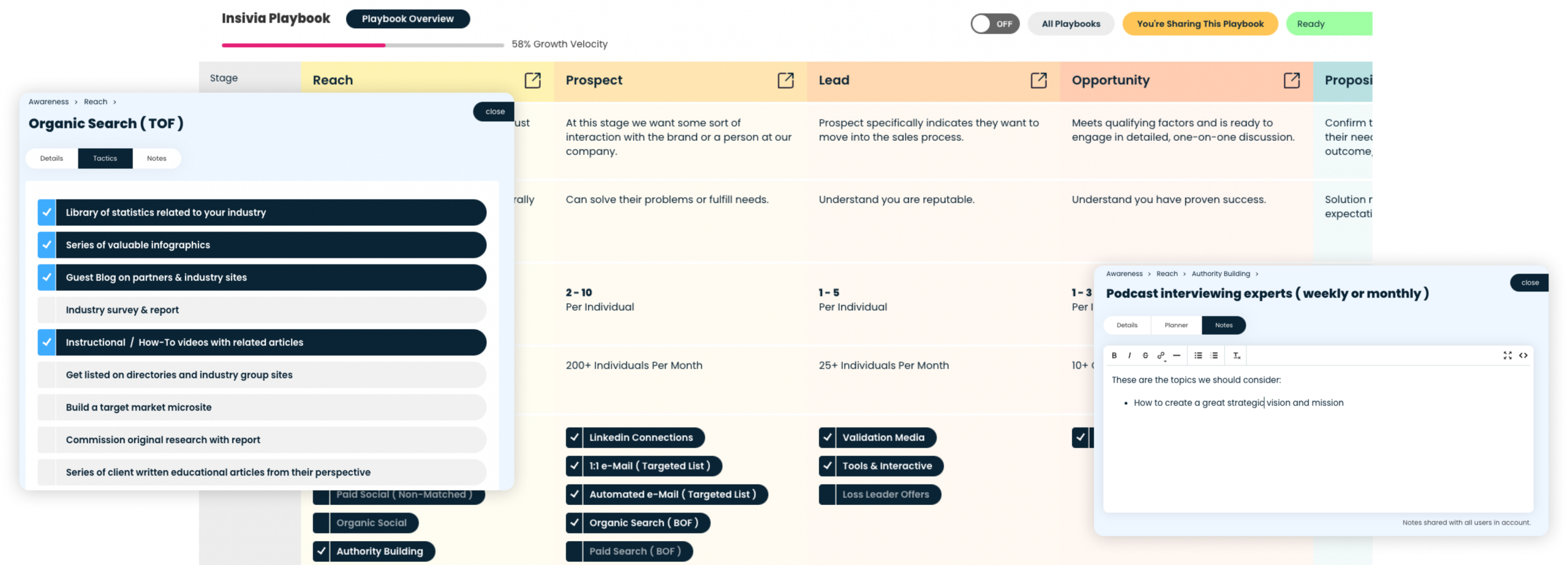
The Key Objectives of CI in SaaS and Tech Companies
Objective 1: SaaS Marketing Insights
One of the central objectives of CI in SaaS companies is to gain deep insights into the marketing strategies of competitors. CI helps identify:
Target Audiences: Understanding the customer segments that competitors are targeting, their preferences, and pain points.
Content Strategies: Analyzing competitors’ content marketing efforts, such as blogs, webinars, and whitepapers, to identify successful tactics.
Pricing Strategies: Evaluating competitor pricing models and determining if adjustments are needed to remain competitive.
Distribution Channels: Identifying the channels competitors use to reach their audience, whether it’s through partnerships, affiliates, or direct sales.
Objective 2: Marketing for Software Enhancement
In software-focused tech companies, CI aims to enhance marketing strategies. CI helps in:
Feature Comparison: Analyzing competitor software features to identify gaps and opportunities for product enhancement.
User Experience: Understanding user feedback and reviews to improve software usability and customer satisfaction.
Innovation: Tracking competitors’ patent filings and R&D investments to stay ahead in technology innovation.
Market Expansion: Identifying untapped markets and niches where software products can be introduced or optimized.
Objective 3: Lead Generation and Conversion
CI is instrumental in the lead generation process. It aids in:
Identifying Prospects: Discovering potential leads who are currently engaging with competitors’ products or services.
Tailored Messaging: Crafting personalized messages and offers to convert these leads based on competitor insights.
Pricing Strategies: Adjusting pricing models and discounts to attract potential customers away from competitors.
Sales Tactics: Understanding the sales techniques employed by competitors and refining your own to gain a competitive edge.
The Role of CI in Strategic Decision-Making
CI isn’t merely a passive data-gathering exercise; it plays a dynamic role in shaping strategic decisions. Here’s how CI contributes to informed decision-making:
Identifying Opportunities and Threats: CI helps organizations spot opportunities for growth and recognize potential threats early on. This information guides decisions on resource allocation and risk mitigation.
Setting Clear Objectives: Armed with CI, companies can set specific, data-driven objectives, ensuring that their strategies are aligned with the competitive landscape.
Optimizing Resource Allocation: CI helps in allocating resources efficiently, whether it’s investing in product development, marketing campaigns, or sales initiatives.
Agile Strategy Execution: With real-time CI, companies can adapt their strategies quickly as the competitive landscape evolves, maintaining agility and relevance.
Measuring Effectiveness: CI allows organizations to measure the impact of their decisions, ensuring that they stay on course and achieve their intended outcomes.
By focusing on key objectives such as SaaS marketing insights, software enhancement, and lead generation, CI empowers organizations to thrive in competitive markets, make informed choices, and ultimately achieve their goals.
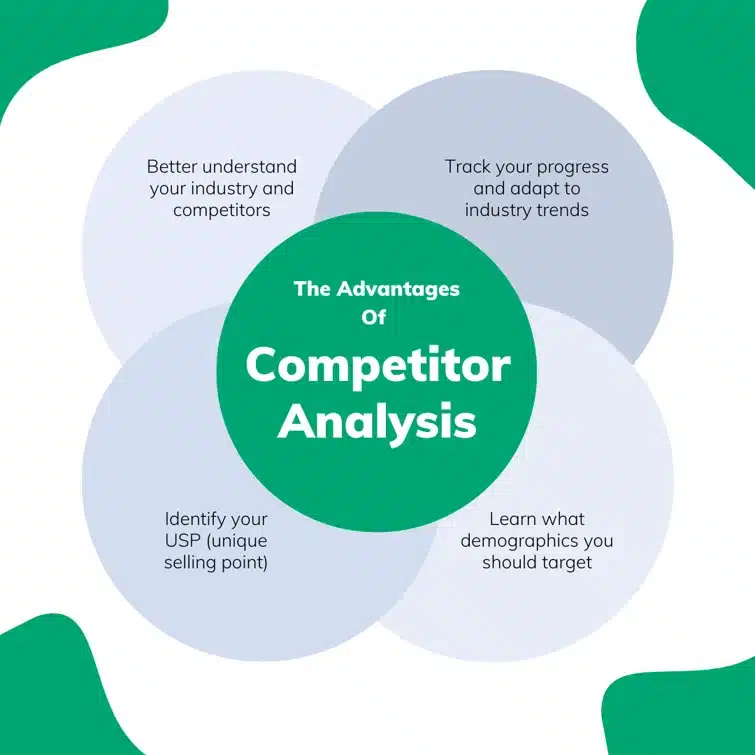
Gathering Competitive Intelligence (CI) Data
Gathering accurate and relevant CI data is pivotal for success in SaaS marketing, marketing for software, and lead generation. Here are the key methods and sources for collecting CI data, along with a discussion on the importance of ethical and legal considerations in CI.
Method 1: Market Research
Market research serves as the foundation of competitive intelligence. It involves systematic data collection and analysis to understand market dynamics, customer behavior, and industry trends. Methods of market research include surveys, interviews, and data analysis of existing market reports.
Method 2: Competitor Websites and Documentation
Competitor websites are treasure troves of information. Analyzing competitor websites can yield insights into product features, pricing, user experience, and marketing strategies. Documentation, such as user manuals and release notes, can provide details about software updates and new features.
Method 3: Social Media Monitoring
Social media is a powerful platform for monitoring competitor activities. By tracking competitors’ social media profiles, you can gain insights into their content strategy, engagement with customers, and user sentiments. Tools like social media listening software can automate this process.
Method 4: Customer Feedback and Reviews
Customer feedback and online reviews are valuable sources of competitive intelligence. They provide insights into customer satisfaction, pain points, and feature requests. Analyzing competitor reviews can also reveal their strengths and weaknesses.
Method 5: Industry Reports and Conferences
Industry reports and conferences offer a broader perspective on market trends and emerging technologies. Attending conferences and analyzing industry reports can provide insights into the direction of the industry and help companies stay ahead of the curve.
Your ultimate growth strategy builder.
Take the guesswork out of creating winning strategies with Playbooks.
Select from our pre-created playbooks to customize and collaborate around your plan for marketing, sales & expansion.
The Importance of Ethical and Legal Considerations in CI
While gathering CI data is crucial, it must be done within ethical and legal boundaries. Here’s why ethical and legal considerations are vital in CI:
Protecting Privacy : Respect for privacy is paramount. Gathering information on competitors should never involve invasive or illegal methods, such as hacking or unauthorized data access.
Compliance with Regulations: Different countries have varying laws regarding data collection and privacy. It’s essential to ensure that CI practices comply with local and international regulations, such as GDPR in Europe or the CCPA in California.
Reputation Management: Unethical CI practices, such as spreading false information about competitors, can lead to reputation damage and legal consequences. Maintaining integrity in CI is critical for long-term trust and credibility.
Avoiding Espionage: Industrial espionage, including cyber-espionage, can have severe legal consequences and damage a company’s reputation. It’s crucial to focus on ethical, legal, and transparent methods of data collection.
Competing Fairly: Ethical CI ensures a level playing field. Engaging in fair competition is not only a legal requirement but also contributes to a healthier industry ecosystem.
The methods and sources for collecting CI data in SaaS marketing, marketing for software, and lead generation are diverse and dynamic. However, ethical and legal considerations should always guide CI practices to maintain trust, uphold legal standards, and foster a competitive environment that benefits all stakeholders.
How to Use the Frictionless Competitor Tool
This tool provides a versatile platform for conducting comprehensive comparisons between your business and its competitors. It empowers you to evaluate a wide range of factors, allowing for a thorough analysis. Whether you’re looking at numerical ratings, binary yes/no responses, or textual information, this tool accommodates various data types, ensuring a comprehensive assessment.
One of the standout features is its ability to summarize these comparisons efficiently. Rather than sifting through extensive data, the tool condenses the information into clear and concise summaries. This feature is invaluable for decision-makers who seek quick insights and need to make informed choices swiftly.
Additionally, the tool facilitates an in-depth examination of individual competitors or specific comparison factors. It doesn’t just provide a superficial overview but allows you to drill down into the details. This granular approach is instrumental in identifying strengths, weaknesses, and opportunities, ultimately aiding in the development of strategic decisions and actions.
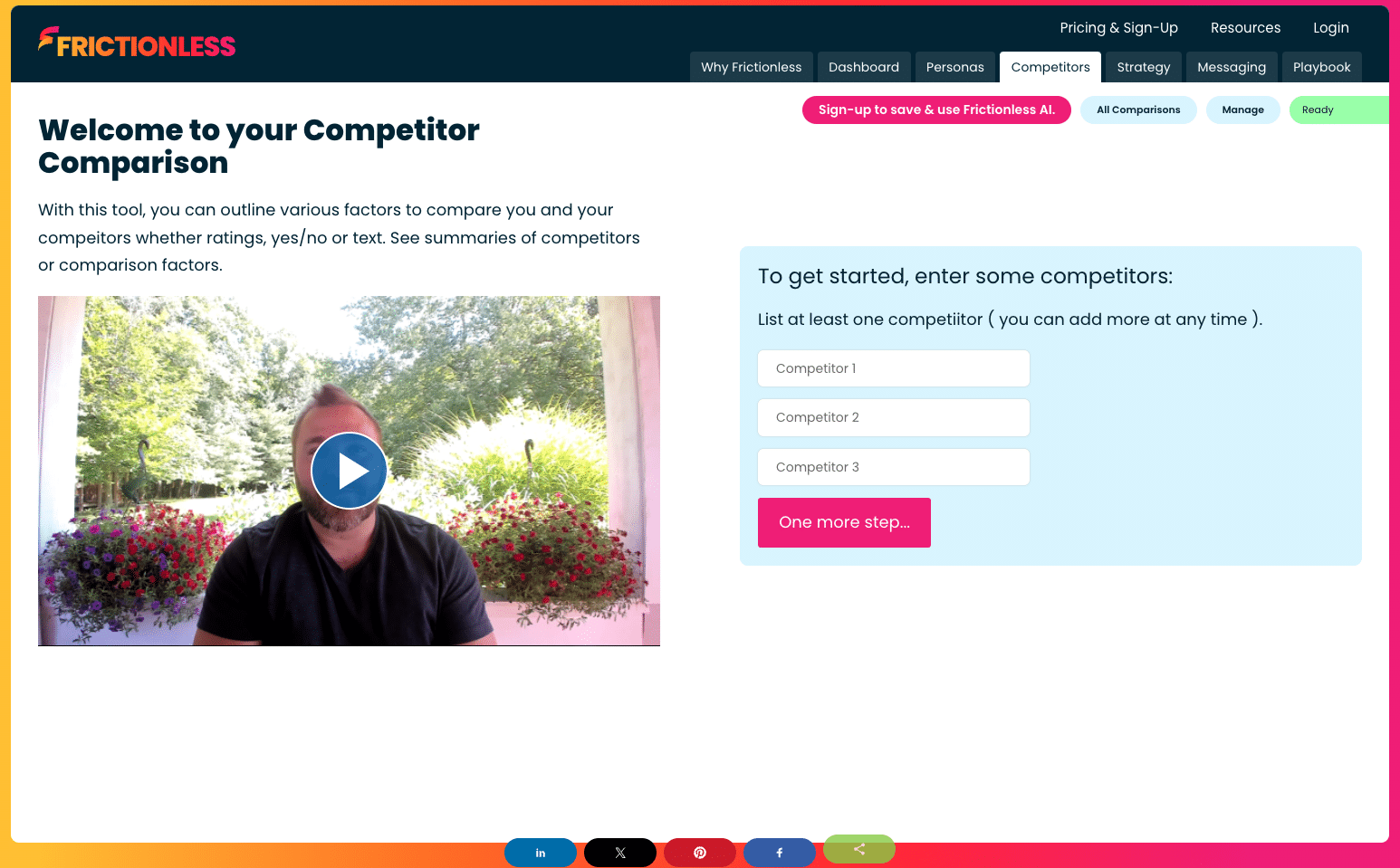
The Frictionless Competitor Tool empowers businesses with a dynamic framework for competitor analysis. It’s not confined to a single data format, making it adaptable to various industries and scenarios. By streamlining the comparison process and offering detailed insights, it enhances the decision-making capabilities of businesses, fostering a competitive edge in the market.
Compare and contrast your competitors to gain a unique edge.
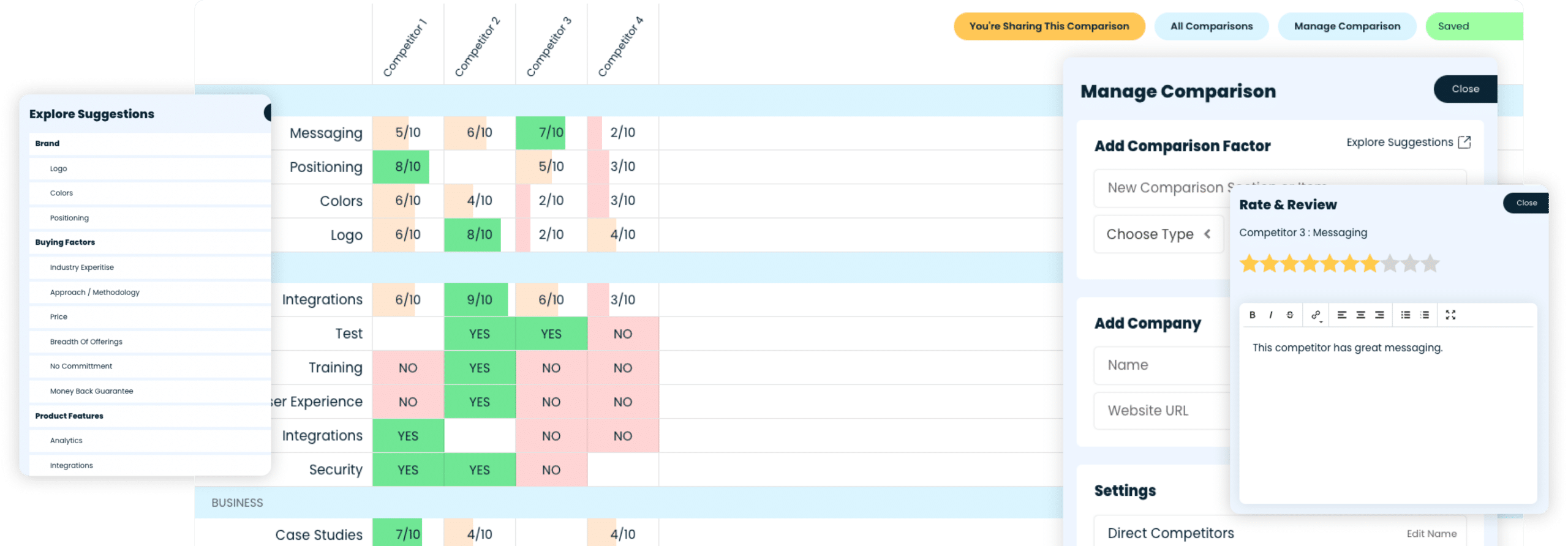
Define you versus competitors across a range of factors to align your marketing, sales and product teams on how to win.
Gain Competitor Intelligence Today
Leveraging Competitive Intelligence: How to Gain a Competitive Edge
To truly gain a competitive edge in SaaS marketing, marketing for software, and lead generation, organizations must effectively analyze the data they’ve collected, identify trends and patterns, and turn raw information into actionable insights. Here, we’ll explore the crucial process of analyzing and leveraging CI to inform product development, marketing strategies, and pricing decisions.
How to Analyze CI Data Effectively
Analyzing CI data effectively involves more than just skimming through reports or charts. It’s a strategic process that requires attention to detail and a keen analytical eye. Here are the steps to ensure efficient CI analysis:
Data Cleaning: Start by ensuring the data is accurate and free of errors. Inaccurate or outdated information can lead to misguided decisions. Regularly update your CI data sources.
Segmentation: Categorize the data into relevant segments, such as competitors, market trends, customer feedback, and pricing. This segmentation allows for more targeted analysis.
Comparative Analysis: Compare your findings with historical data and benchmark against industry standards. This helps identify deviations and emerging trends.
Data Visualization: Use data visualization tools to create clear, concise, and visually engaging reports and charts. Visual representations make it easier to spot trends and patterns.
Cross-Referencing: Cross-reference data from multiple sources to verify its accuracy and reliability. Consistency in data is crucial for making informed decisions.
Identifying Trends and Patterns
The true power of CI lies in its ability to unveil hidden trends and patterns within the data. Identifying these trends requires a combination of analytical skills and domain expertise:
Quantitative Analysis: Utilize statistical methods to identify numerical trends, such as growth rates, market share changes, or customer behavior patterns.
Qualitative Analysis: Dive into customer feedback, reviews, and sentiment analysis to uncover qualitative insights. This can reveal emerging trends in user preferences and pain points.
Competitor Behavior: Keep a close watch on competitors’ actions, such as product launches, pricing changes, or marketing campaigns. Recognizing patterns in their strategies can provide valuable insights into their tactics and intentions.
Market Dynamics: Analyze broader market dynamics, such as macroeconomic trends, regulatory changes, and industry disruptions. These external factors can have a significant impact on your strategies.
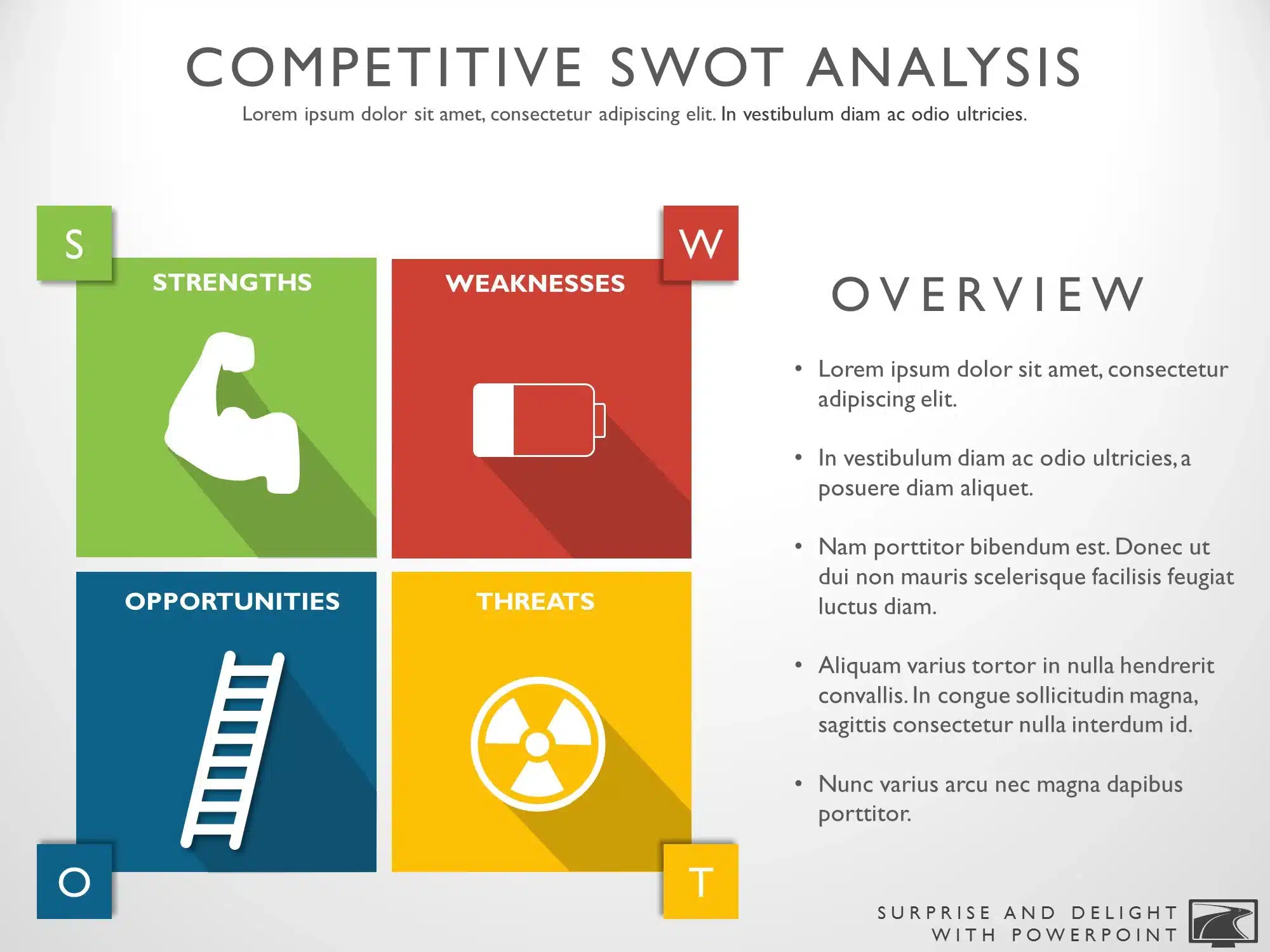
Turning Data into Actionable Insights
Data analysis is only valuable when it leads to actionable insights. Here’s how to transform raw data into decisions that drive results:
Prioritization: Focus on the most critical insights that align with your business objectives. Not all data points are equally important, so prioritize actionable insights that can lead to meaningful change.
Hypothesis Testing: Formulate hypotheses based on your CI findings and test them through small-scale experiments or pilot programs. This allows you to validate insights before implementing large-scale changes.
Scenario Planning: Use CI to develop various scenarios for the future. What happens if a competitor enters a new market? What if customer preferences shift? Scenario planning helps you prepare for different eventualities.
Using CI to Inform Product Development, Marketing Strategies, and Pricing Decisions
With actionable insights in hand, it’s time to apply them strategically across various facets of your organization:
Product Development: CI can guide product roadmaps by identifying features or improvements that align with customer needs and market trends. It ensures that your products remain competitive and relevant.
Marketing Strategies: Tailor your marketing campaigns based on CI insights. This may involve refining messaging, targeting specific customer segments, or adjusting marketing channels to maximize impact.
Pricing Decisions: Pricing strategies can greatly impact competitiveness. Use CI to adjust pricing models, discounts, and bundles to align with market dynamics and customer expectations.
Competitive intelligence is not a passive endeavor. It’s a dynamic process that involves collecting, analyzing, and leveraging data to make informed decisions. By following best practices for data analysis, identifying trends and patterns, and turning data into actionable insights, organizations in the SaaS and technology sectors can stay ahead of the competition, enhance their products and services, and craft effective marketing and pricing strategies. CI is the key to not just surviving but thriving in these fast-paced industries.

